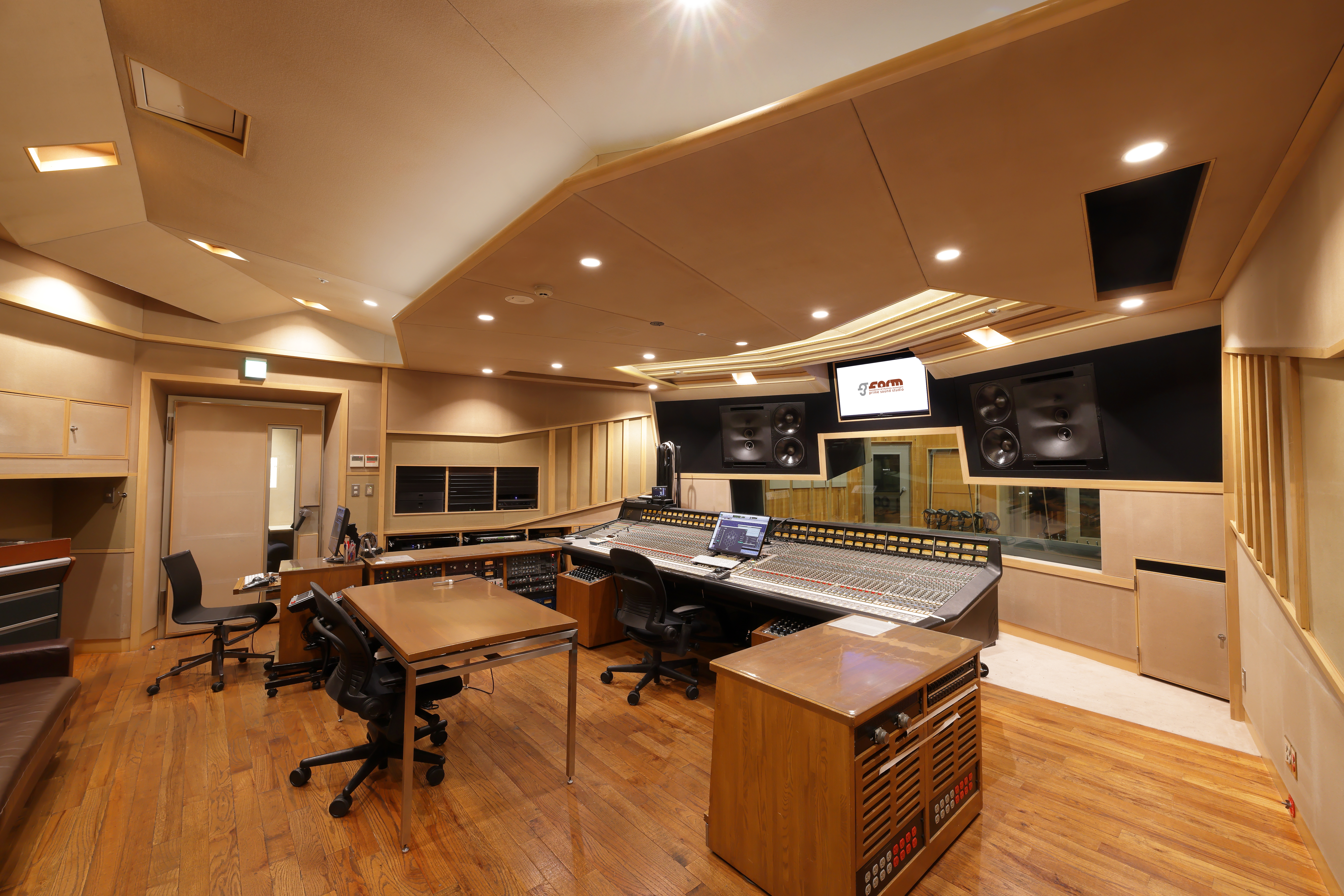Prime Sound Studio Form upgrades flagship room with Genelec 1235A retrofit
Part of leading Japanese label Avex, Prime Sound Studio Form has been a cornerstone of the country’s music industry for more than two decades. Recently, the studio has elevated the performance of its flagship Room 1 by transforming its much-loved Genelec 1035A main monitors into the latest 1235A Smart Active Monitoring models via a retrofit upgrade – thus preserving its signature sound, while adding next-generation precision.
Prime Sound’s five-room complex has hosted countless hit productions, with Room 1 long defined by the trusted presence of Genelec’s 1035As. “They were the face of the studio,” recalls recording engineer Koji Morimoto. “Back then, we tried a few options, but the 1035A just felt right. Even when we compared it to the next generation 1035B, I still preferred the A model. It became our standard.”
When the time came to modernise, the team decided against replacing their reference monitors, instead opting for a retrofit that retained the enclosures while upgrading the internals to 1235A specification. “It was a way to keep our identity, but move forward,” explains technical engineer Yuhiko Utsu. “I’d first heard the 1035A back at Victor Studio in the late ’80s. At the time, no two large monitors sounded alike – you’d spend days tuning. But the 1035A didn’t need that. It was a revelation.”
The retrofit delivered Class D amplification, lower noise, and Genelec’s Smart Active Monitoring technology. “The S/N ratio has drastically improved,” notes engineer Yuji Tanaka. “We used to hear a faint hiss. After the upgrade, it was gone. That was a real surprise.”
Yet one part of the original system remained essential. “The retrofit allowed us to upgrade all the drivers, but to us the sound of the 1035A’s high end is still the reference,” says Morimoto. “So, we asked if it was possible to retain the original HF driver, and Genelec said yes. They even rewrote firmware and updated the PCBs to make it work. That level of manufacturer support is rare.”
To us, the sound of the 1035A's high end is still the reference.

Close collaboration with Genelec Japan was central to the project. “It’s unusual these days for manufacturers to stay hands-on,” adds Utsu. “But they still visit because they still care. We’ve always been able to talk directly with their technical team — and that’s huge.”
Once installed, calibration was carried out with GLM software, starting with the AutoCal automatic algorithm before fine-tuning by ear. “GLM makes the whole process easier,” says Morimoto. “You can store and switch between different settings instantly. It makes experimenting and comparing effortless.” GLM also helped solve a structural issue: “Because it’s a floating floor, the front-heavy 1035A had caused the baffle to tilt slightly over time,” explains Utsu. “However, GLM can easily correct such issues. So even if various changes occur over time, we can fix them – which is reassuring.”
The precision is better, but the balance is still familiar. That’s what we wanted – an evolution, not a reset.
(L-R): Prime Sound’s Koji Morimoto, Hiroshi Sato, Yuji Tanaka and Yuhiko Utsu.
The studio’s sister facility, Prime Sound Studio Aoyama, had already installed Genelec 1234As, so the team knew what to expect. “We were already familiar with the DSP technology, which made the transition even smoother,” says engineer Hiroshi Sato.
Sessions in Room 1 continued seamlessly. “Clients have only noticed improvements,” Sato comments. “The precision is better, but the balance is still familiar. That’s what we wanted – an evolution, not a reset.” For Tanaka, the change has been transformative: “We used to rely on nearfields to judge balance at lower levels. But the 1235A is so accurate, we can now do that directly on the main monitors. Even at low volumes, it holds together. The old system needed to be pushed to feel right, this one doesn’t, which is a huge difference.”
With monitors and recording booths upgraded, Room 1 has been fully refreshed. “The quality has improved, even in the parts you don’t see,” concludes Tanaka. “It’s still our studio, just sharper, more refined – and we hope our clients can feel that difference.”



